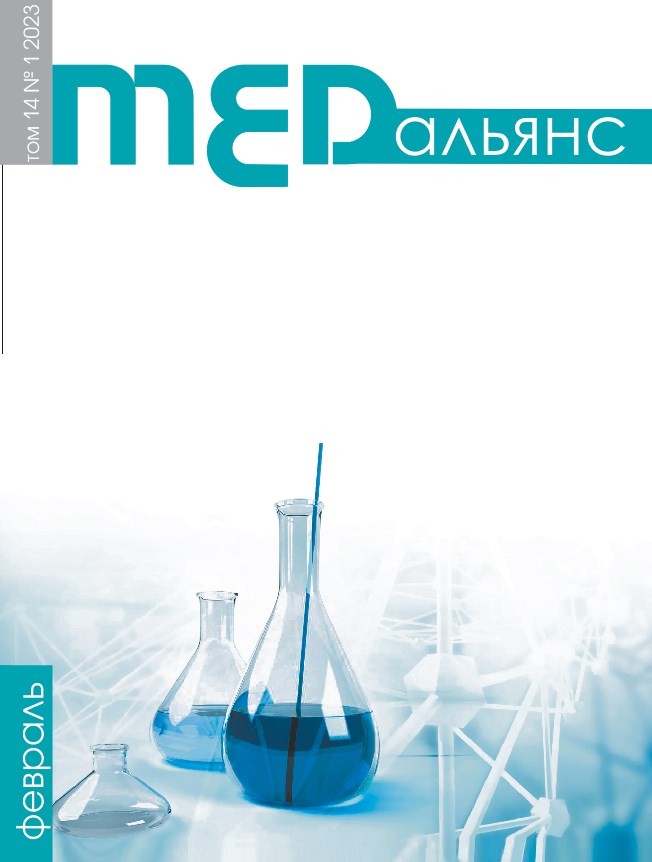Abstract
Respiratory muscles (RM) are a part of the respiratory system that enables ventilation. RM dysfunction exacerbates breathing insufficiency. The aim: to study the RM strength and inspiratory drive in pulmonary tuberculosis (PT). Materials and methods. In 247 patients with verified PT we measured the maximal occlusion inspiratory (PImax), expiratory (PEmax) pressures and shut off airways during the first 100 ms of inspiration (P0.1). Clinical manifestations of tuberculosis, computed tomography and perfusion scintigraphy data were evaluated. Results. The decrease of PImax was in 49.6%, PEmax — in 17.8%, both — in 32.6%. PEmax had weak negative dependence on the disease duration, contralateral lung blood flow, and a weak direct dependence with BMI. Statistically significant dependence was not found between PImax and the clinical and instrumental characteristics of PT. A moderate dependence of P0.1 was with the PT clinical form, its duration, total volume of foci, blood flow disorders in the lung, the weak dependence of P0.1 was with BMI and the contralateral lung blood flow. The frequency of RM dysfunction in different PT forms did not differ. An increase of P0.1 in patients with fibrosis and cavities was 3–3.5 times more frequent than in the others patients. There were no statistically significant differences in PImax, PEmax, P0.1 in the group of fibrosis and cavities and group of infiltrative foci with the same total lesion volume. Conclusion. The RM strength and inspiratory drive were significantly dependent on the duration of the disease, the extent of the lesion and the state of the pulmonary blood flow.

